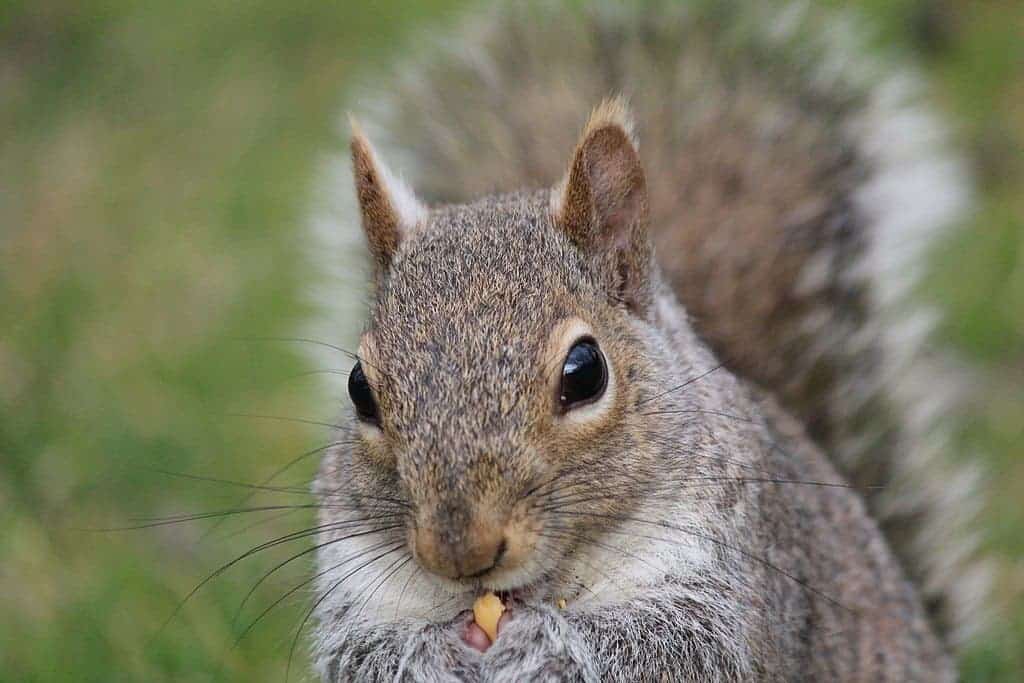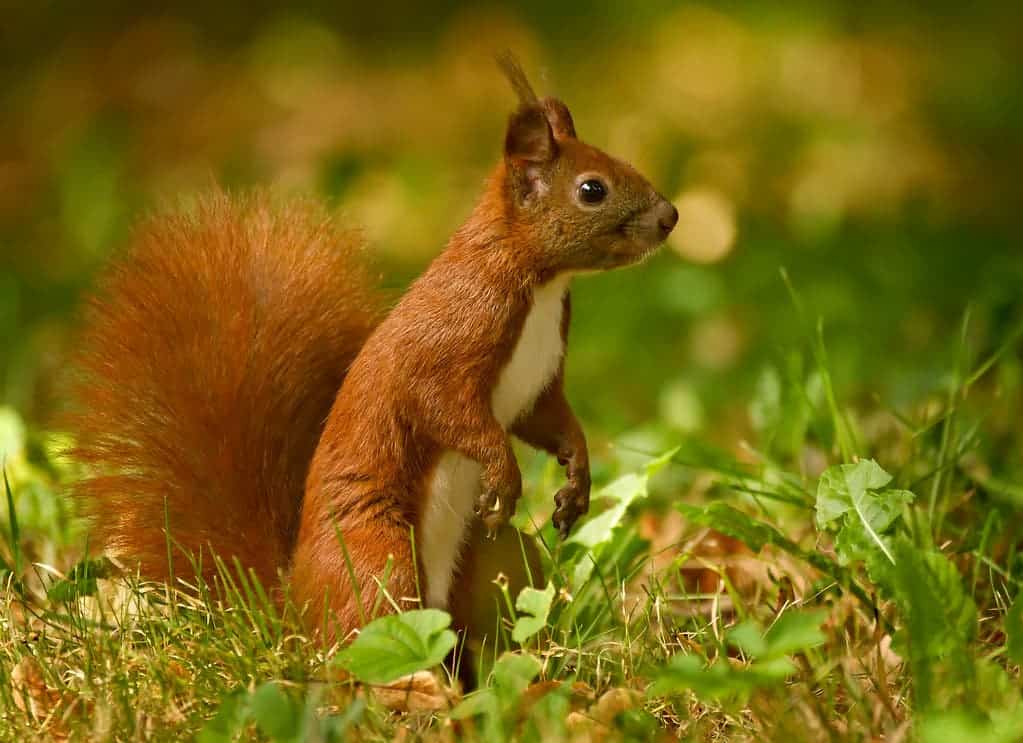A plan in the UK would administer oral contraceptives to grey squirrels (Sciurus carolinensis) in an attempt to reduce their numbers (without cruelty) and help their red cousins is showing promising results. The plan involves attracting grey squirrels into feeding boxes only they can access, using pots that contain hazelnut spread – spiked with contraceptives.

Gray squirrels, the common rodents native to North America, were introduced in the UK as curiosities in the 19th century by wealthy individuals. They spread prolifically over decades, eventually leading to a ban on their import. But it was too late. They had cemented themselves in the country, at the expense of the smaller and native red squirrels (Sciurus vulgaris).
Now, the government wants to introduce contraceptives as a way to control grey squirrel numbers and help red ones recover. The scheme is being developed by a team from UK’s Animal and Plant Health Agency (APHA) as part of a five-year project. No medicine has been placed on the field yet, as the team works on the final steps.
“This innovative research has great potential to provide an effective, easily-applied and non-lethal method for managing grey squirrel populations,” Gideon Henderson, chief scientific adviser at the UK’s Department of Environment, said in a statement. “It will help red squirrels expand back into their natural habitat and protect UK woodland.”
Squirrels and contraceptives
To avoid other species from ingesting the medication, UK scientists have developed a special feeding hopper. It has a weighted door that allows over 70% of local grey squirrel populations to access and eat while excluding most other species. APHA is now testing the hopper to ensure it prevents red squirrels from eating it.

With the research set to finish next year, field trials in the UK will follow. And if it all goes well, widespread availability of contraceptives will come after that. The team is hopeful that similar methods could also be used to help control the population of many of the other invasive mammal species in the UK, such as mice, rats, deer, and wild boar.
Grey squirrels are much larger and stronger than reds and carry a virus that is deadly to reds but not to them. The usual way of managing their population is by culling them, but even culling them doesn’t always work — grey squirrels breed fast and fill in the voids left by the culling. Other methods have included the release of pine martens into certain woodlands.
There are about 160,000 red squirrels left in the UK, compared to 2.5 million greys, according to government estimations. As well as challenging reds, grey squirrels are also a risk to trees, taking out their bark and weakening them. They are especially a problem for broadleaf varieties including oak, which support many other species.
“The grey squirrel is an invasive species that is causing untold damage in the British countryside, where these pests continue to wreck our fledgling broadleaf trees like oak by stripping bark and disrupting the delicate balance of nature and biodiversity, whilst diminishing our ability to tackle climate change,” UK Environment Minister Richard Benyon said in a statement.


